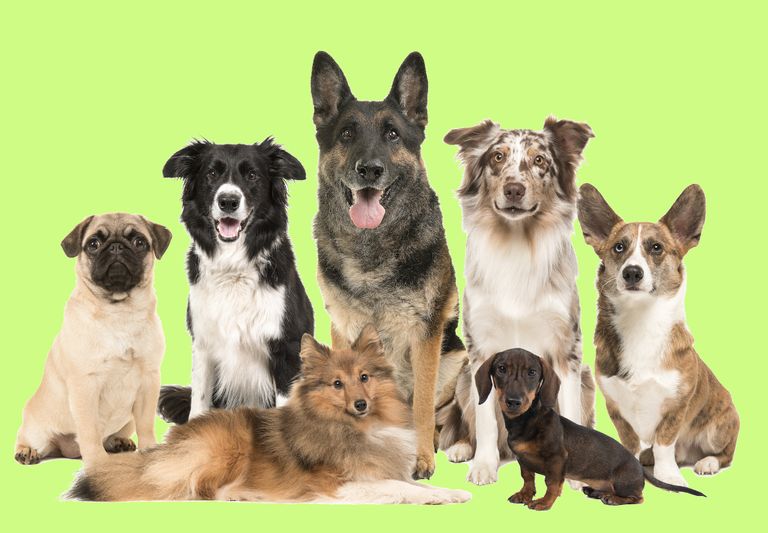Quiz: Can You Identify These Dog Breeds?
Dogs — what did we do to deserve them? While most of us melt when we look into a pup’s watery eyes, there are far fewer people who can easily name every dog breed that's out there. Could you be one of those select few? Put your knowledge of man’s best friend to the test and see if you’re really the best breed identifier in show, or simply a clueless canine appreciator.
Consistently voted America's favorite breed, they're expert swimmers with webbed toes.
If you're placing bets on the brainiest breed, these dogs are proven to be the smartest.
This boisterous pup is known for having a bit of a Napoleon complex and is always ready to bark at the bigger boys.
Each one of these beauties has a unique coat pattern — just like a snowflake.
It might be difficult to track one of these down as they're part of one of the world's rarest breeds.
In the Middle Ages, this breed was exclusive to nobility — under the legal threat of death.
If you want one of these handsome dogs, you'd better prepare to run 3 to 5 miles every few days.
Legend says these dogs used to carry fairies on their backs since their markings resemble a saddle and harness.
The name of this breed comes from the Choctaw language and translates to "sacred lake."
These blonde bombshells with beautiful personalities consistently rank in the top three most popular dogs in the world.
Natural tough guys, these dogs were introduced to many after being featured in the film Babe: Pig in the City.
In traditional Mexican culture, it's believed this breed has a strong connection to the underworld, as portrayed in the Disney movie Coco.
These big lugs are good to have in an emergency, as they have an innate aptitude for search and rescue.
A Russian breed named for their swiftness, these guys can run up to 40 miles per hour!
They were chosen as the first official Olympic mascot for their unflappable courage.
Often these canines are used in guarding and protection, as they pick up training easily.
You won't find any hair on these pooches, besides an occasional scraggly tuft atop their heads and tails.
This breed is descended from the canines of Indigenous peoples who crossed the Bering Land Bridge into North America.
Despite being low to the ground and rather long, these guys are spry and enthusiastic hunting dogs.
Classified into two types — hairless and powderpuff — this breed comes in a variety of colors and patterns.
It was once believed that this large and gentle breed had the ability to ward off evil spirits.
Bred as hunting dogs, they are a bit rambunctious and need humans who like to play.
Historically, members of this breed were used as literal flea magnets to keep their humans from getting the plague.
People fawn over these cuddly creatures — among the rare number of dogs that have lavender or black tongues.
Their fluffy coats scream "PET ME!" However, they can be pretty cranky, so approach with caution.
An easy dominator on the agility course, this dog knows how to move with precision.
Many guidebooks say first-time pet owners should probably stay clear of this breed.
Looking for some natural protection, Yellowstone National Park enlisted the help of these mammoth pooches to ward off predators.
You need to be careful around these shrimpy pooches, as they have soft spots on their heads like human babies.
Filmmaker George Lucas drew inspiration from his dog of this breed to create Ewoks in the Star Wars films.
Their purse dog status aside, the name of this beloved breed translates directly to "little lion dog."
These pups cannot keep quiet. The breed's name even means "loud mouth" in French.

